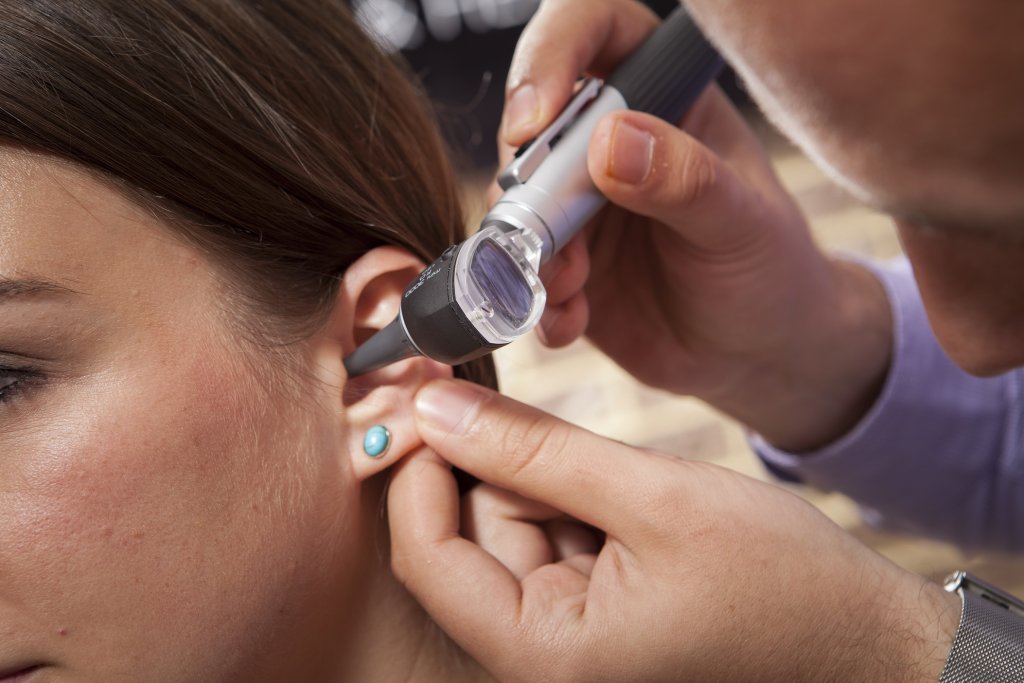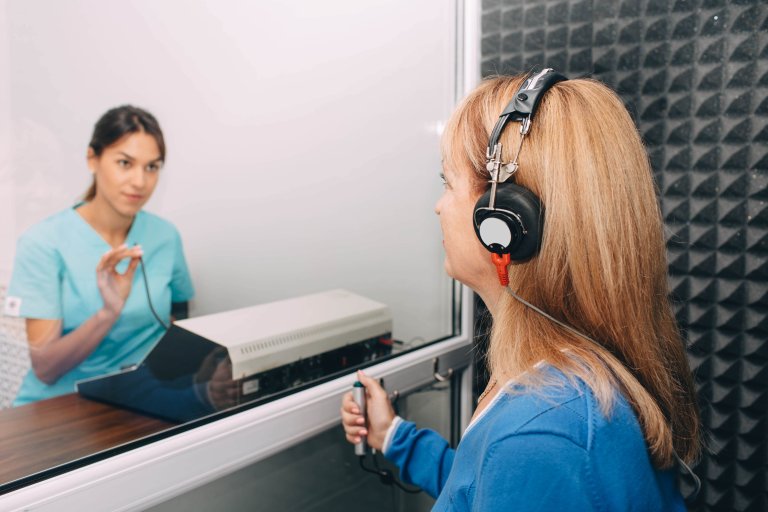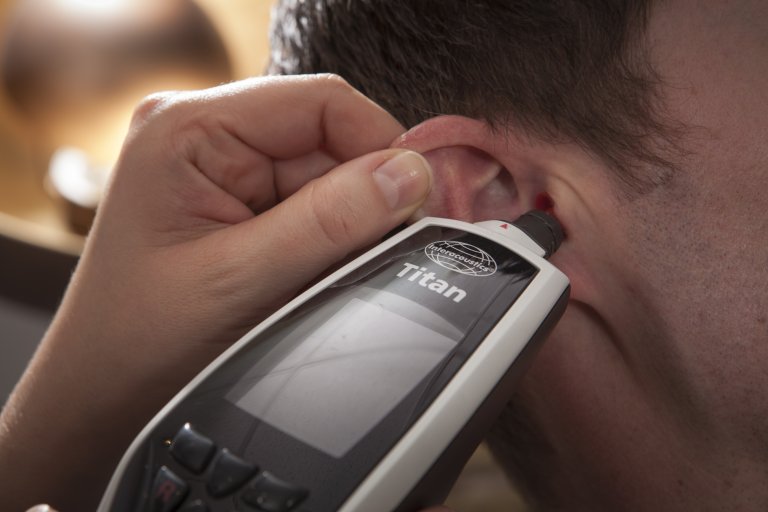Hearing tests are an essential part of maintaining good hearing health. They help identify various aspects of hearing loss, and help to understand the physical health of your ears.
There are different types of hearing tests, each serving a unique purpose. From the audiometry to the otoacoustic emissions test, these assessments play a crucial role in evaluating hearing sensitivity across different frequencies and assessing the health of the inner ear.
By understanding the available options, you can feel empowered to take proactive steps to monitor and preserve your hearing. In this blog post, we will explore the different types of hearing tests and how they contribute to your overall hearing health.




